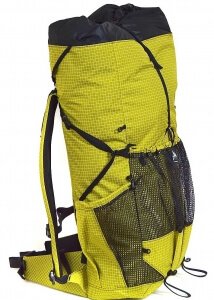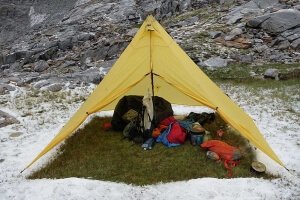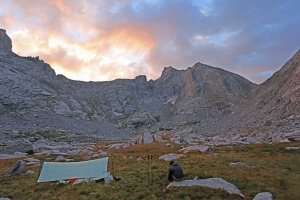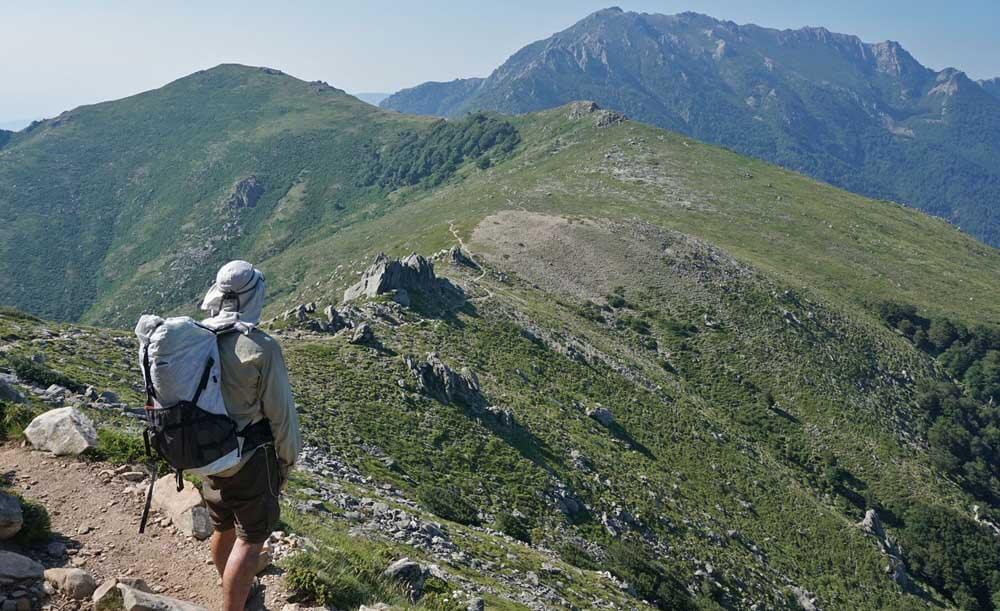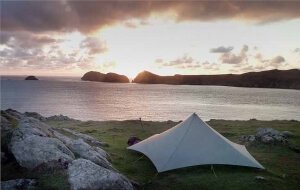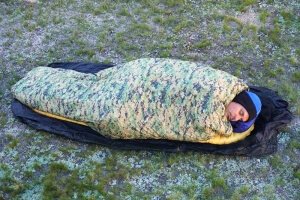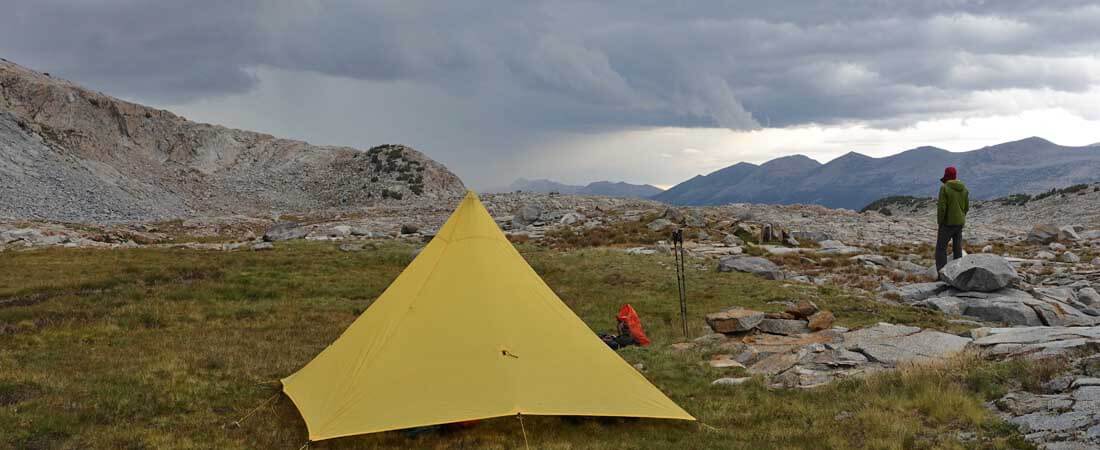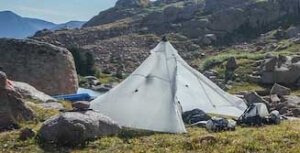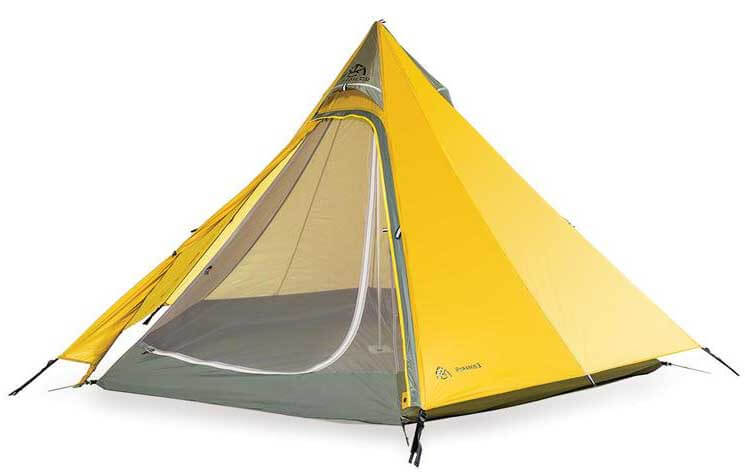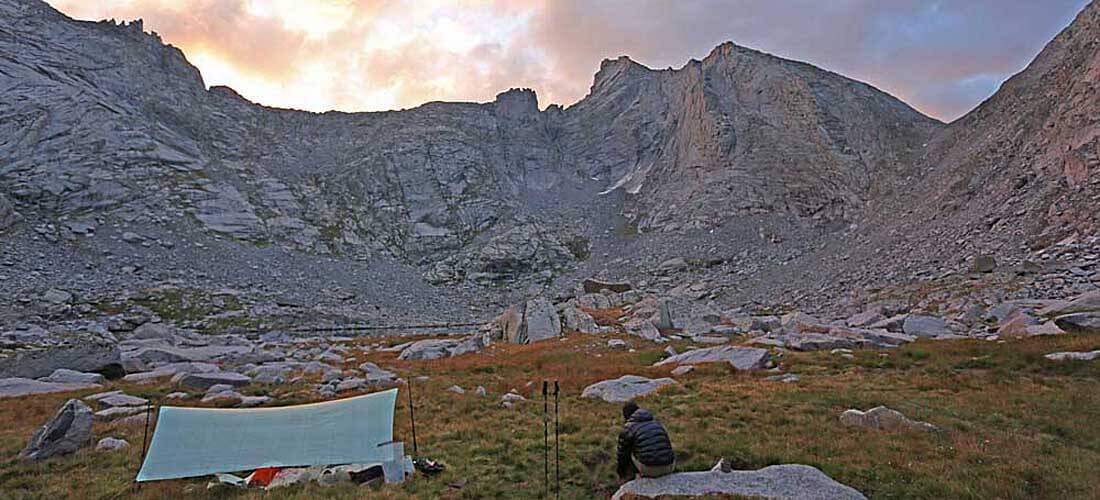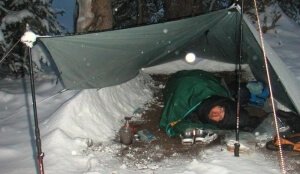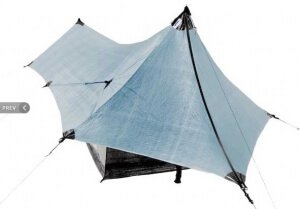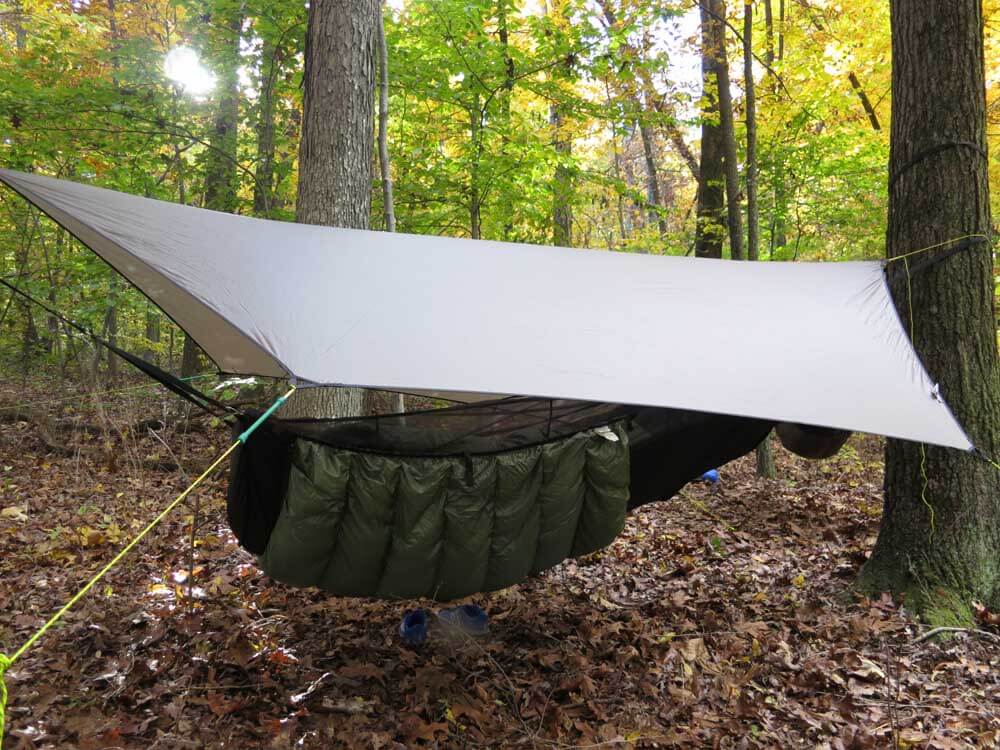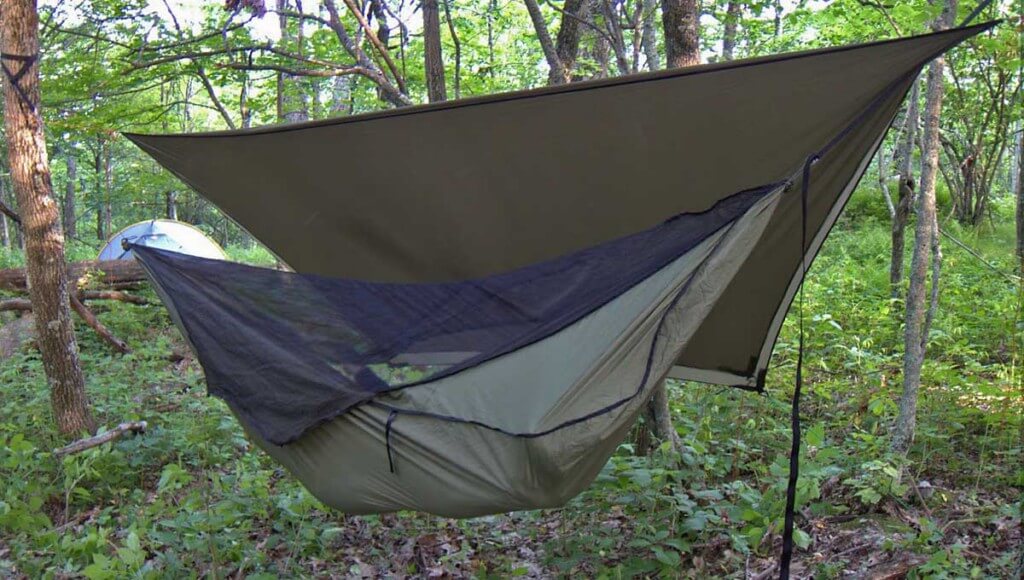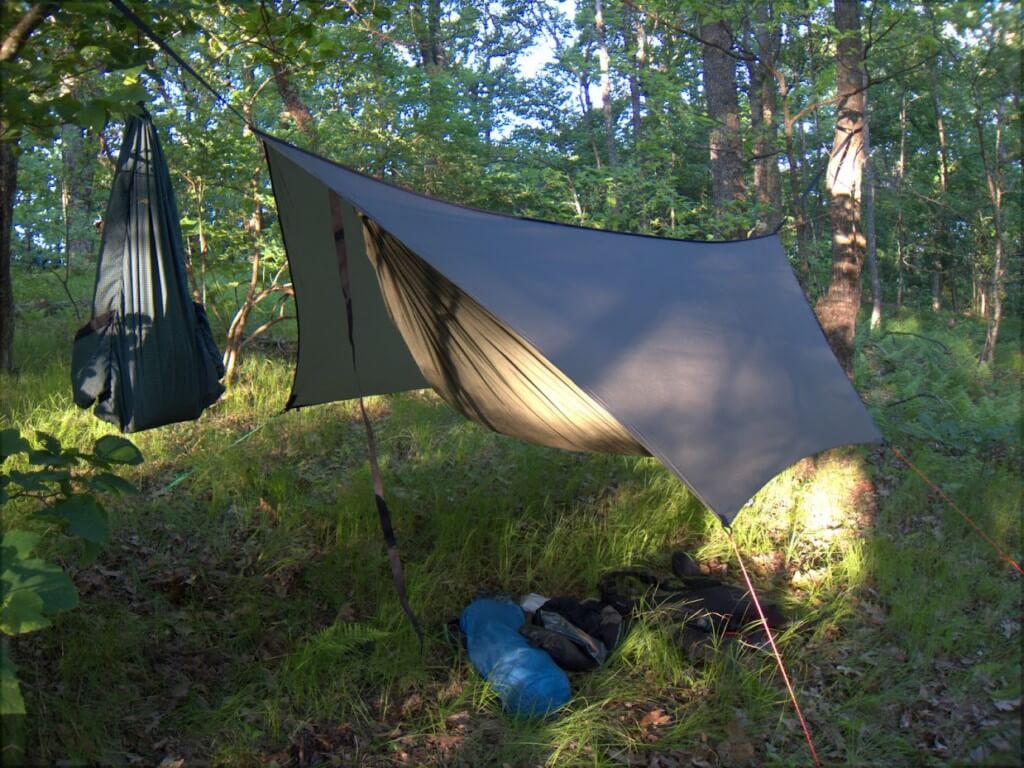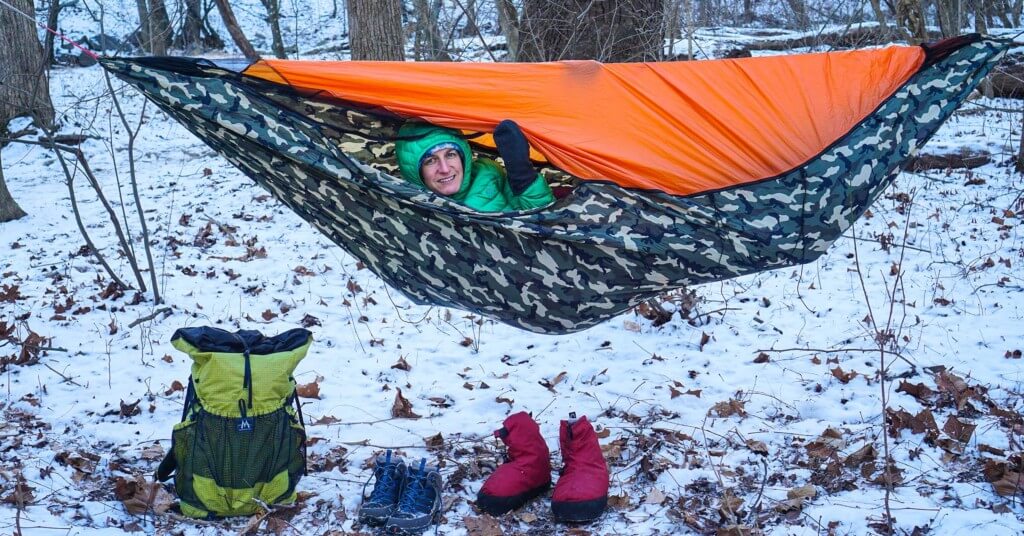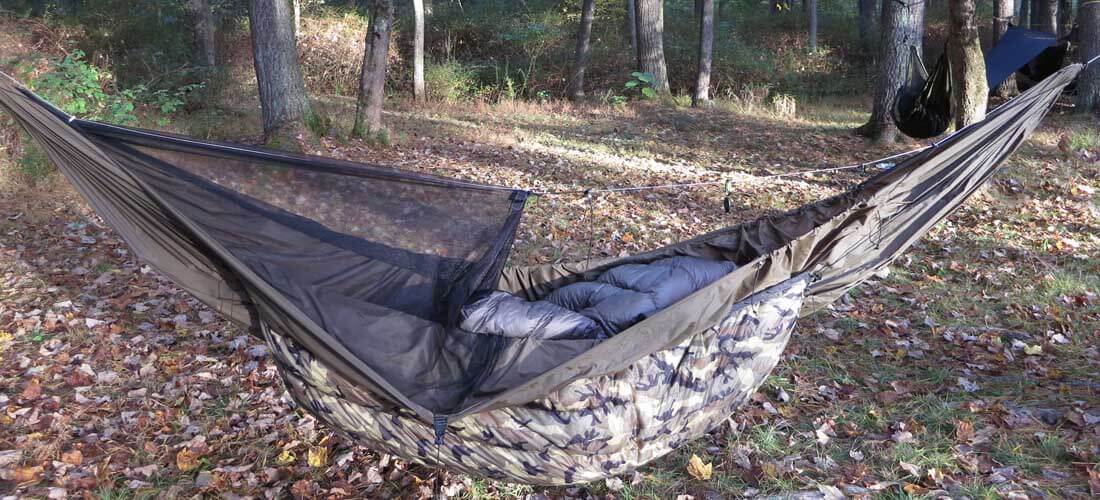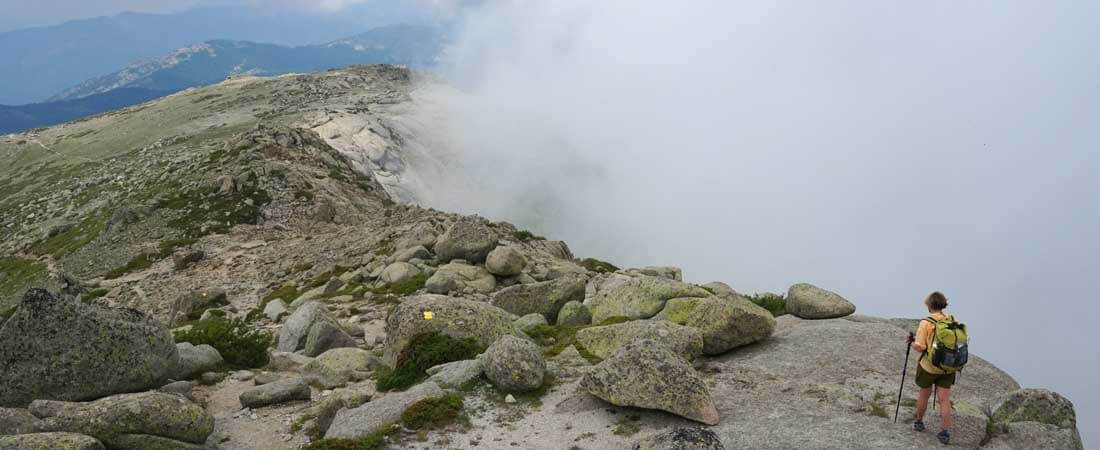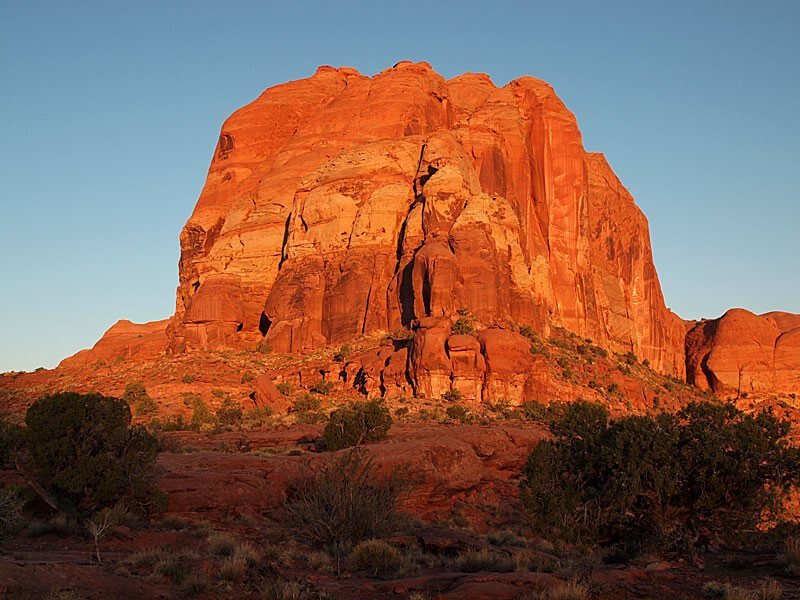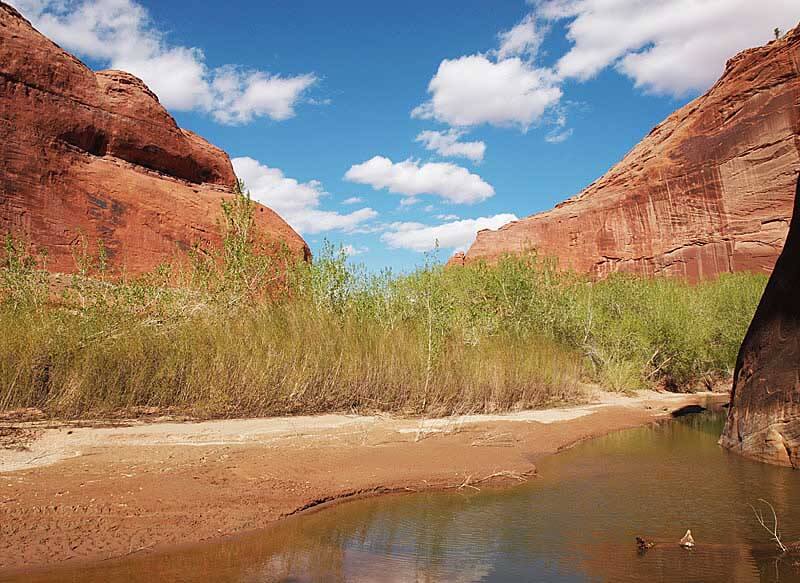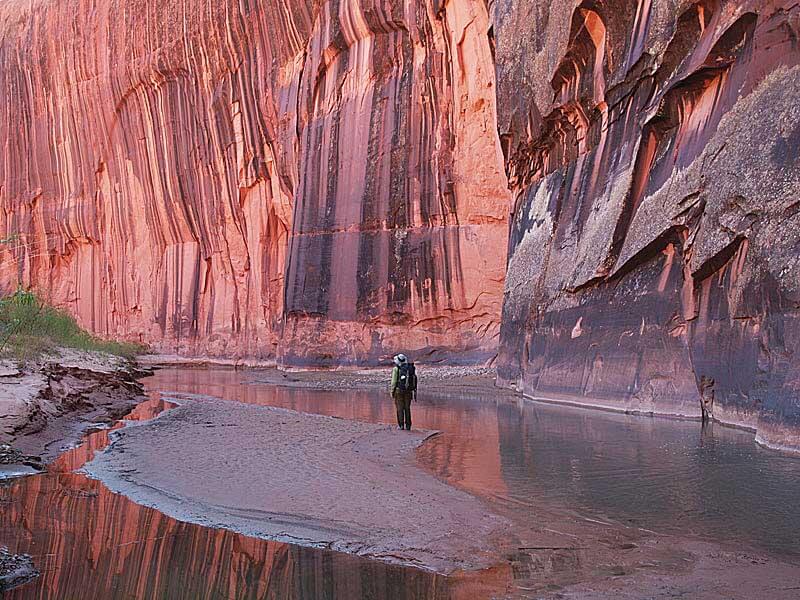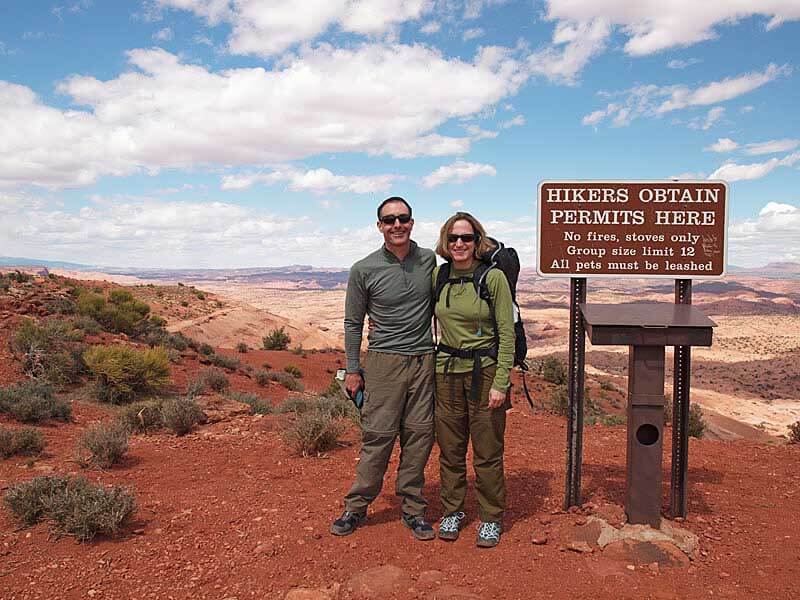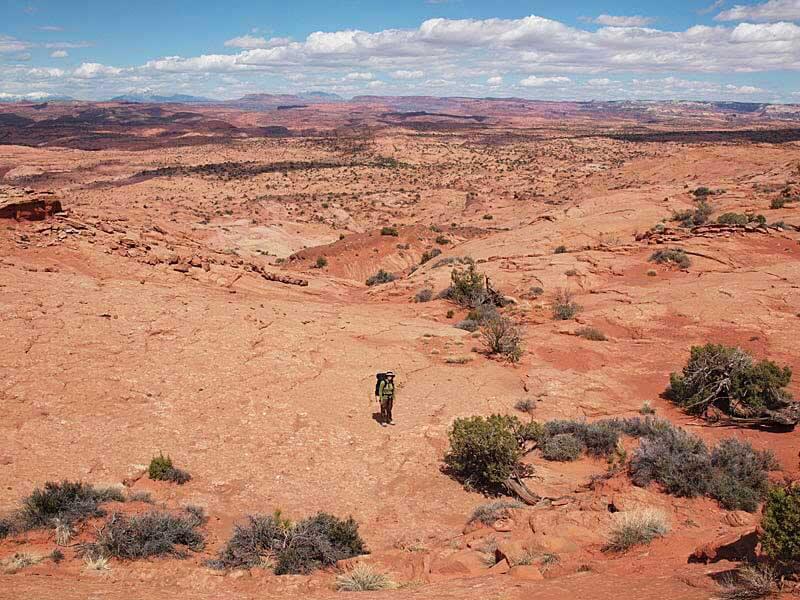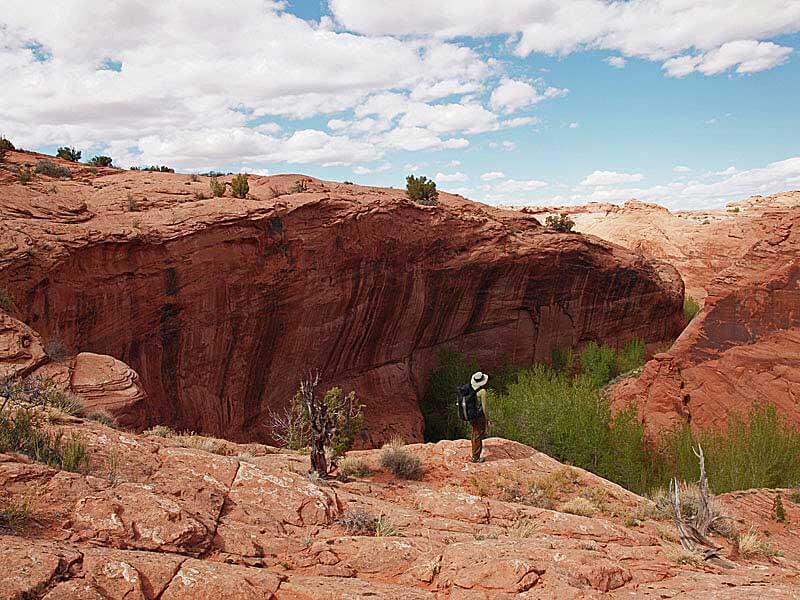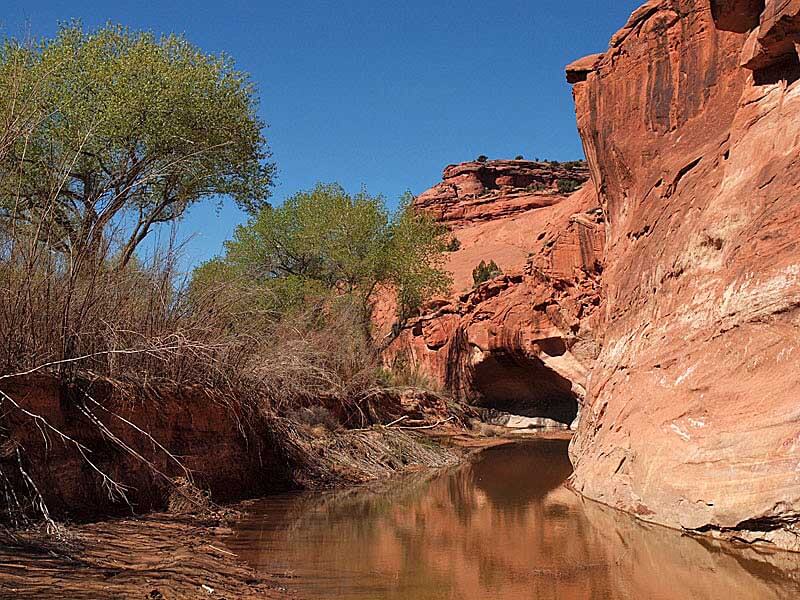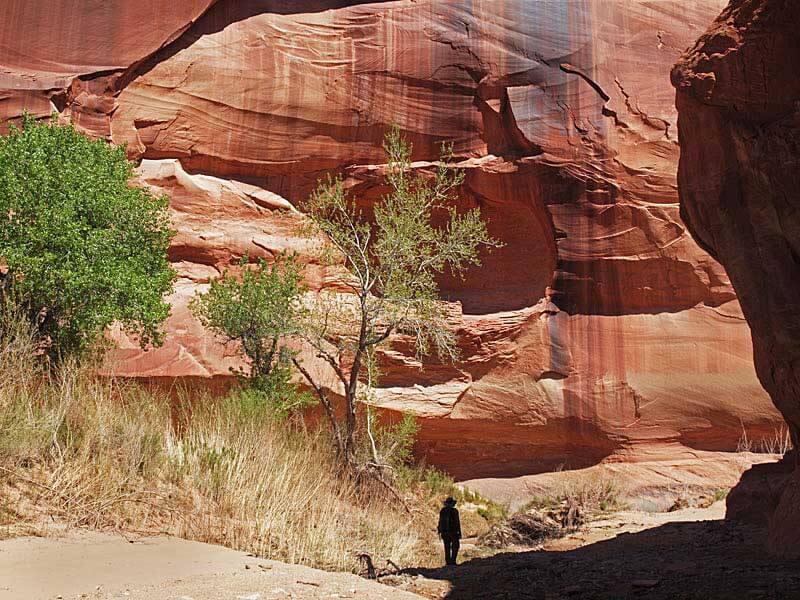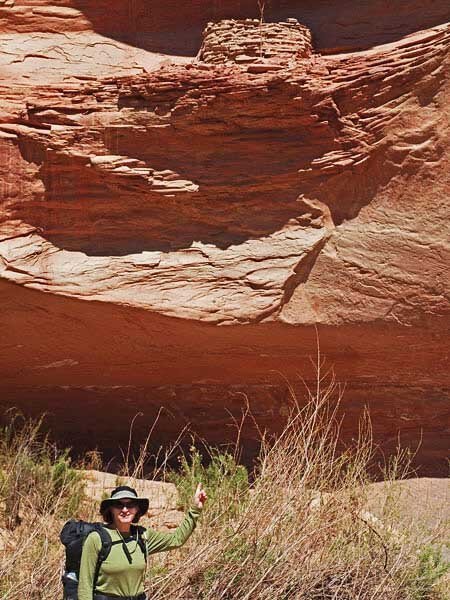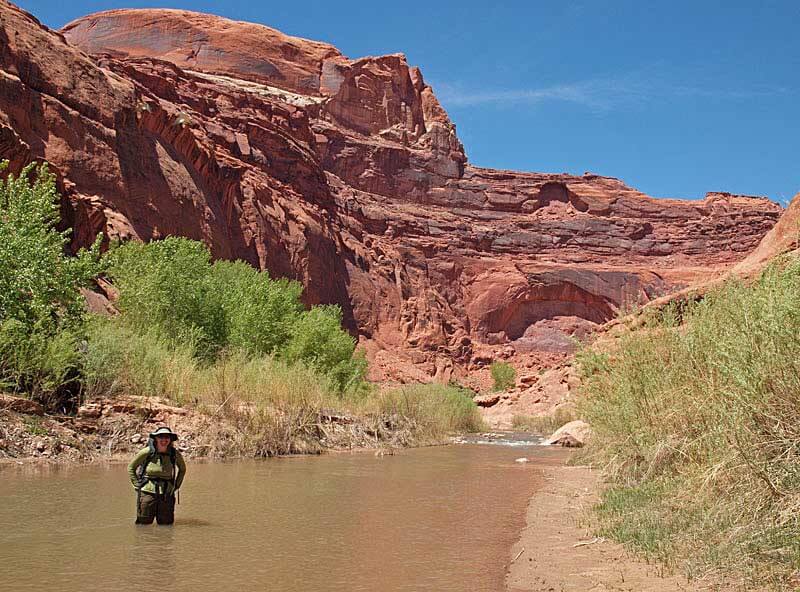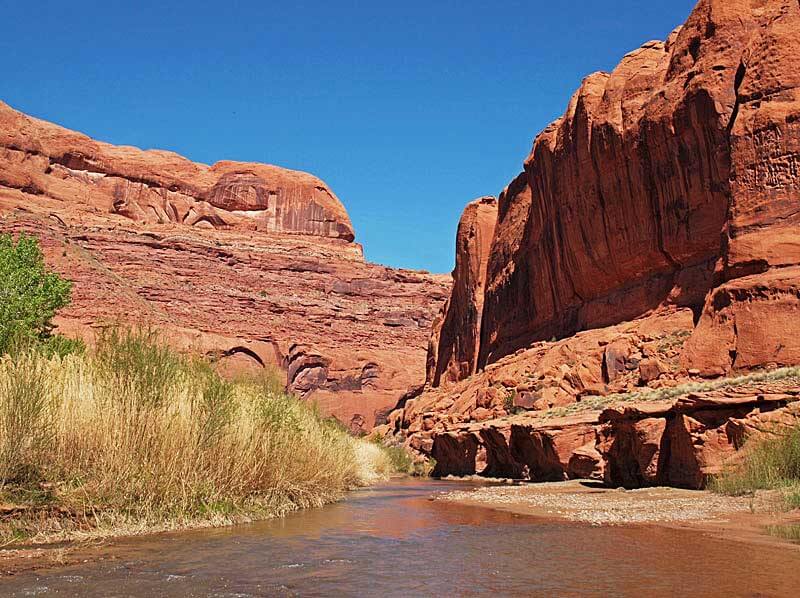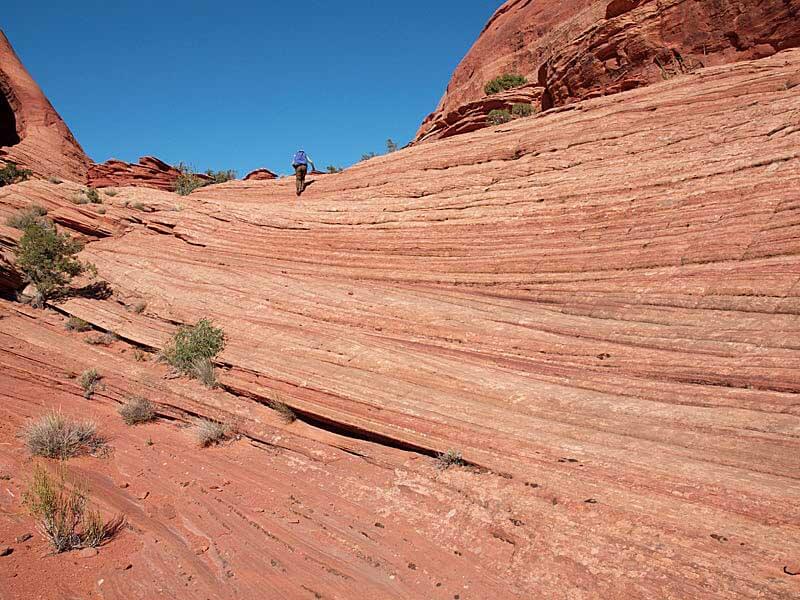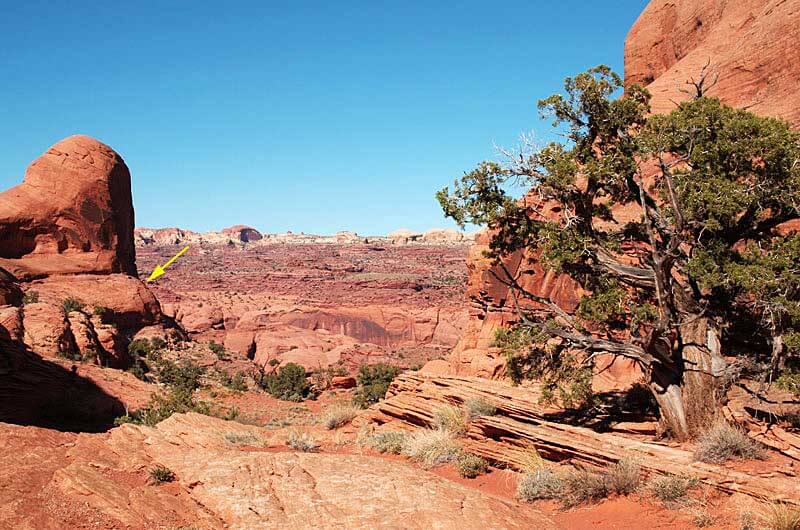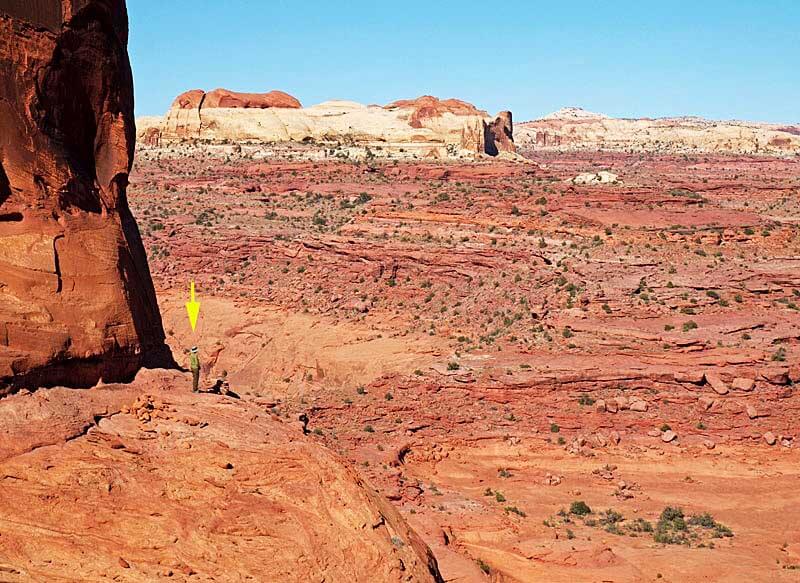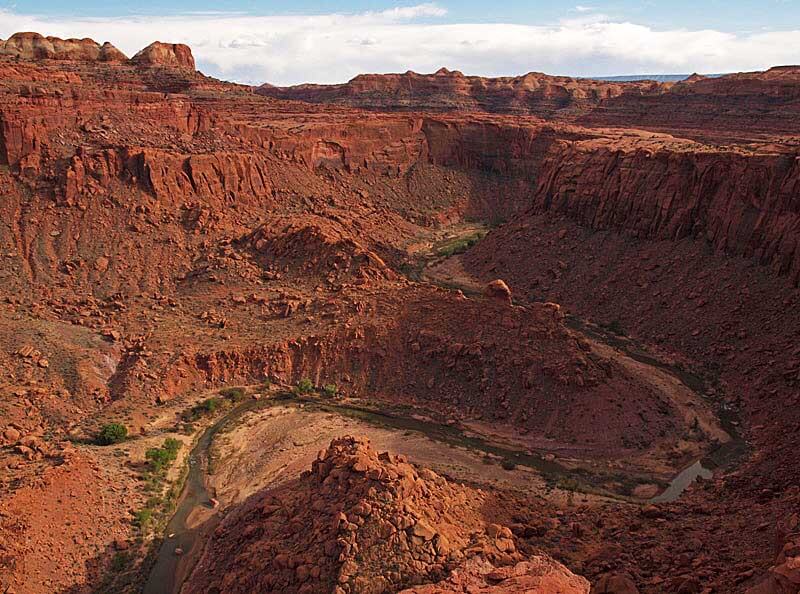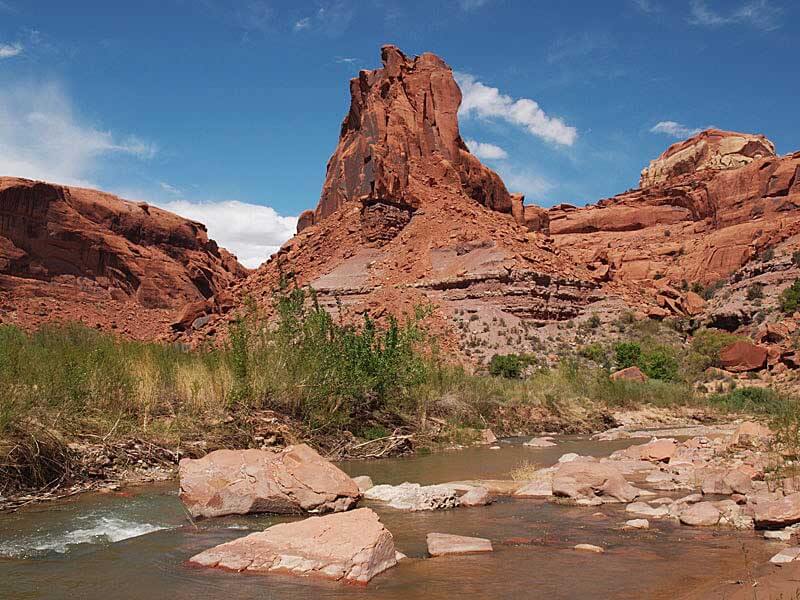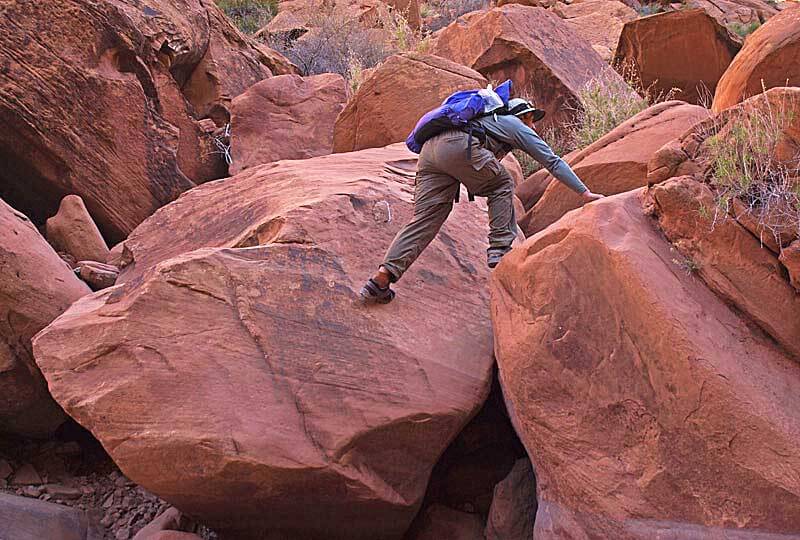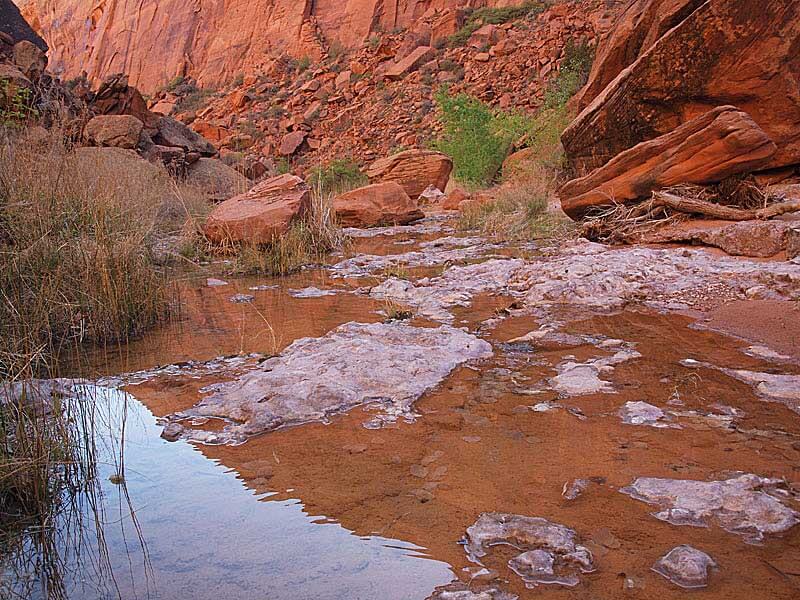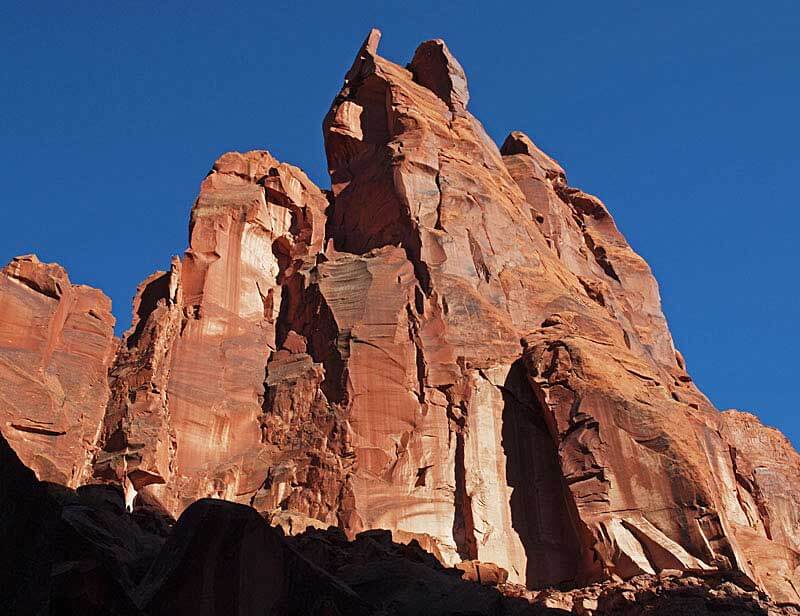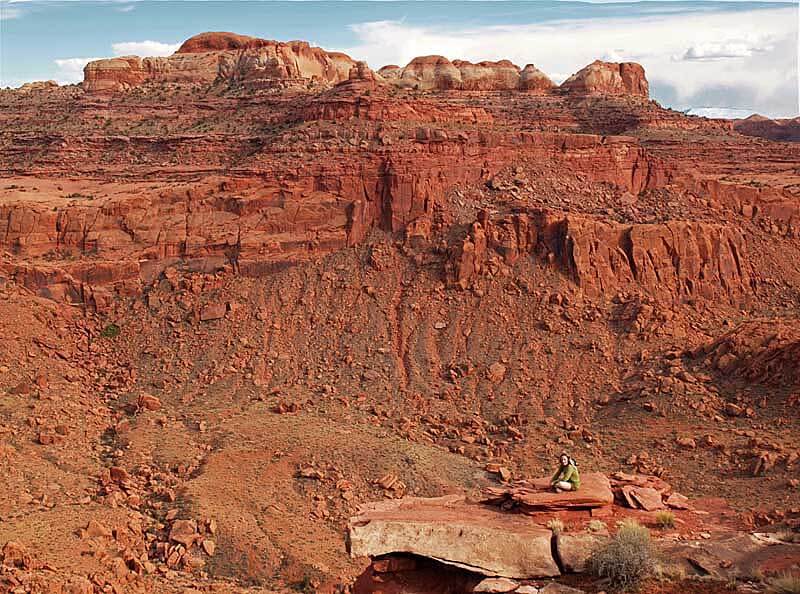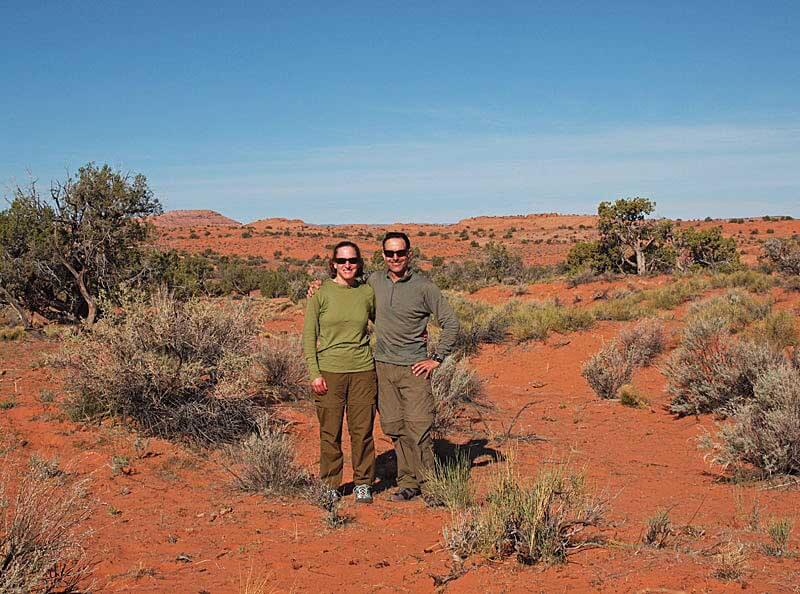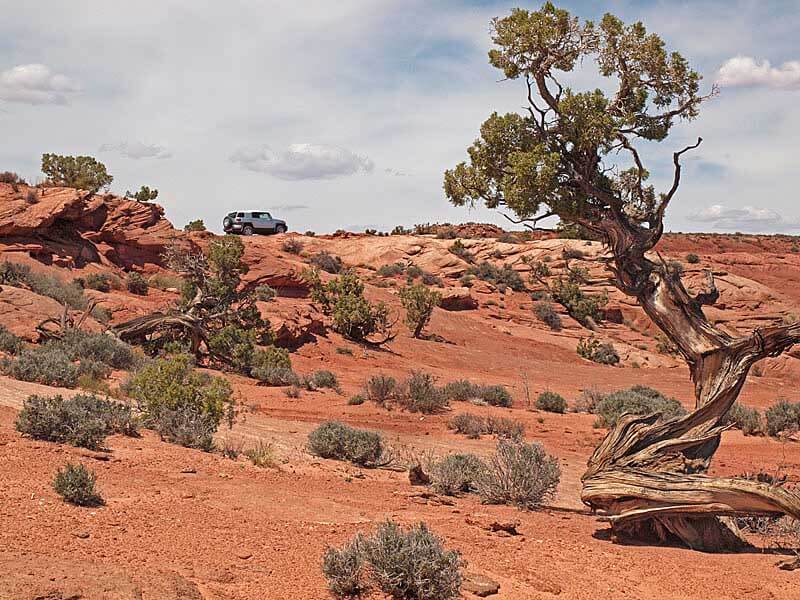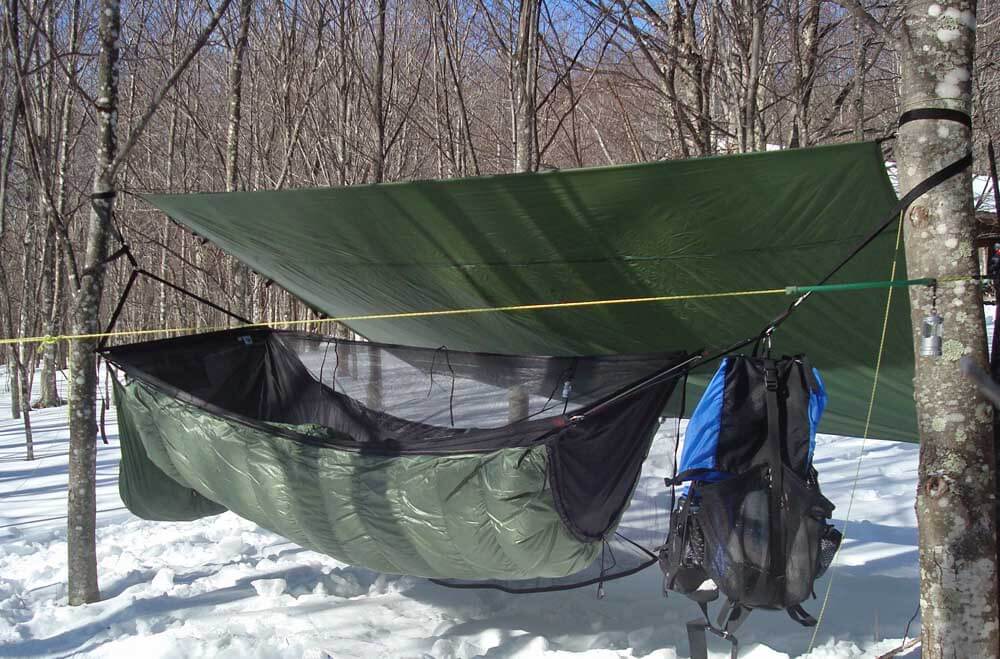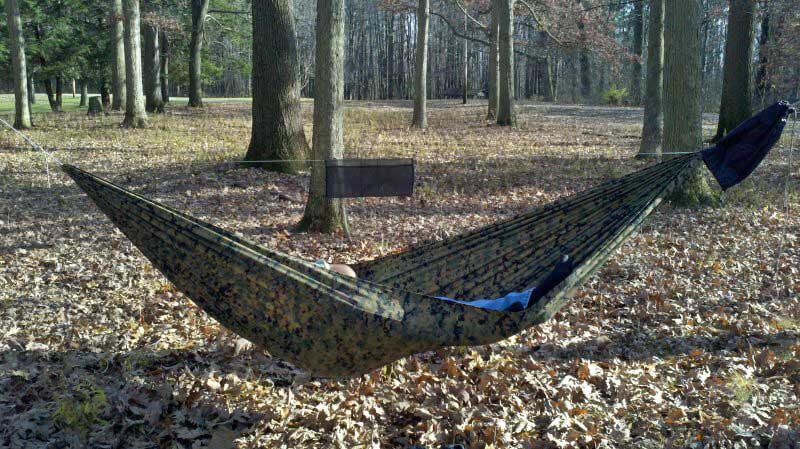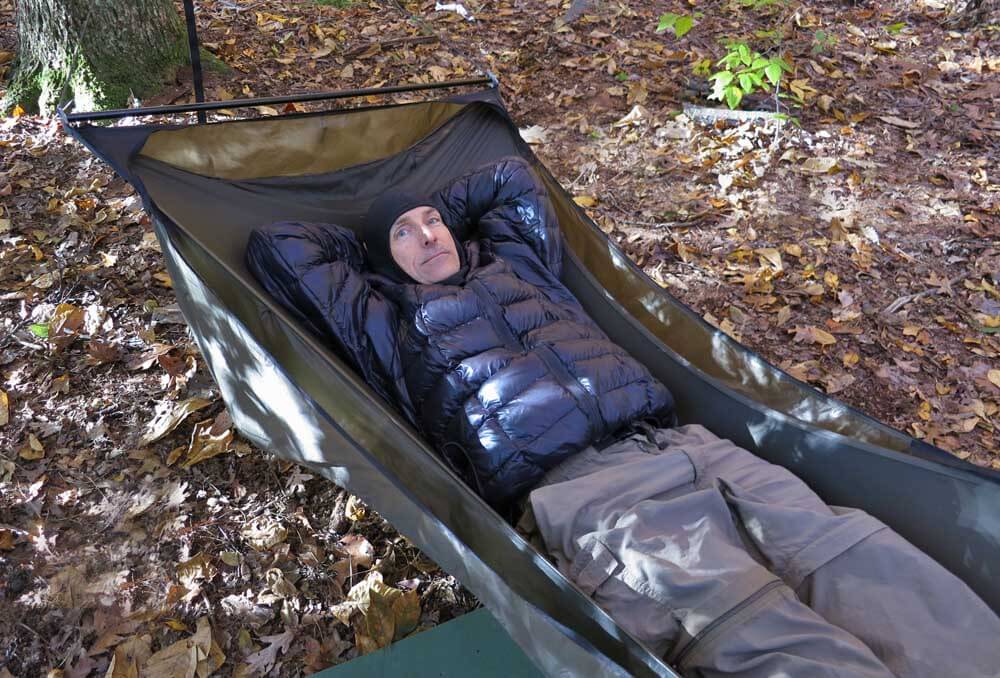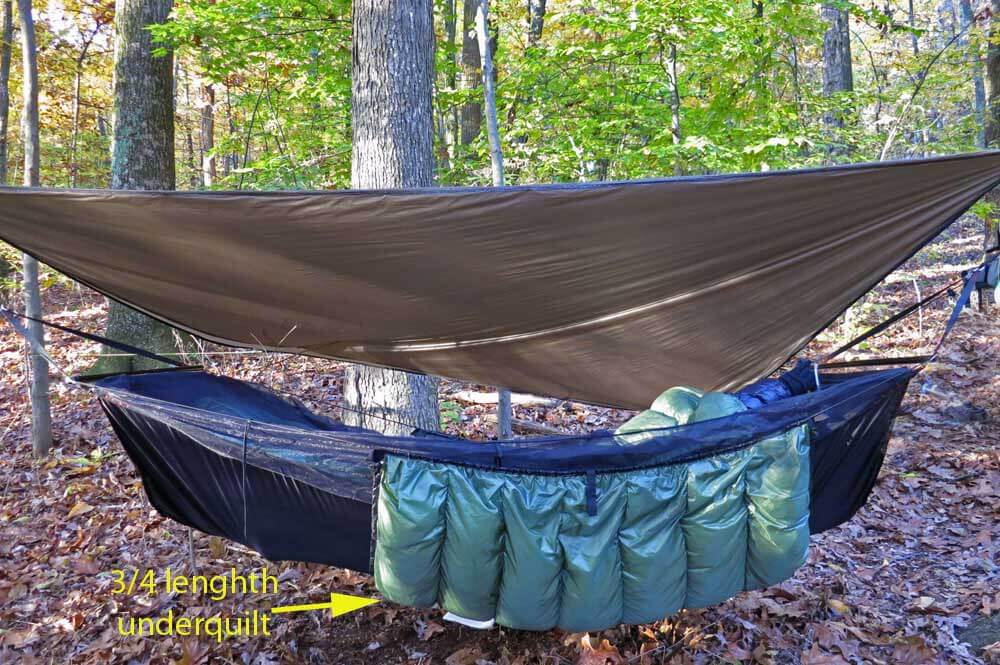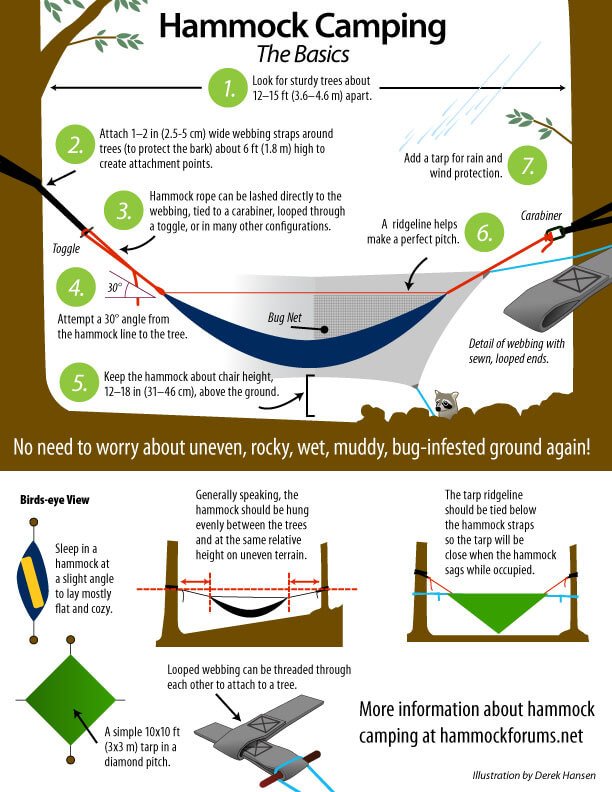These Recommended Lightweight Backpacks are your first choice if you want one light pack to work for all your trips. These packs will carry gear and food for trips up to 7 days or more—yet at around 2 pounds they are not too heavy to use for a long weekend on the Appalachian Trail. They have an internal frame to support heavier loads and will accommodate a bunch of gear and/or a bear canister.
lead photo: The Hyperlite Mountain Gear 2400 Southwest Pack on the rugged terrain of the GR20 in Corsica. This pack is a favorite and a Backpacker Magazine award winner for “Best UltraLight Pack.”
Do-it-all Packs for most trips up to a week (or longer)
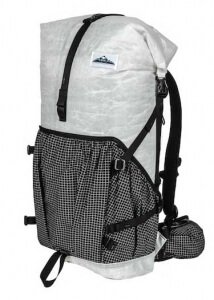
Hyperlite Mountain Gear Packs: HMG makes very light, functional and extremely durable packs. The 3400 Southwest Pack will work for most trips, even those requiring a bear canister. The 2400 Southwest Pack is a personal favorite and a Backpacker Magazine award winner for “Best UltraLight Pack.” For longer trips it’s great for those with a more compact kit. Its slim profile gives great balance for scrambling. HMG packs have stiff frames, capable of supporting heavy loads. HMG packs are Cuben Fiber which is light, waterproof and extremely durable. Seam taping and a roll-top closure make these packs virtually waterproof! left: HMG Southwest 2400. Light, rugged & versatile. Can be dragged across rock. Nearly waterproof. |
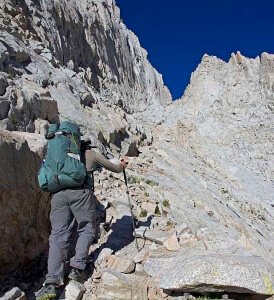
ULA Equipment Packs: ULA packs are a great value. They have much of the performance of HMG packs but cost less. The Circuit Pack will work for most trips, even those requiring a bear canister. The Ohm 2.0 Pack is great for those with a more compact kit and/or shorter trips (although I carried gear and food for 7 days on the Southern Sierra High Route including a bear canister). Its slim profile gives great balance for scrambling. ULA packs are Robic fabric which is light and reasonably durable but inexpensive, keeping pack prices down. right: The Ohm 2.0 Pack: Slogging up the Mountaineer’s Route on Mt. Whitney carrying a bear canister and 7 days worth of food in a ULA Ohm 2.0 pack. Its slim profile gives great balance for scrambling and its durable construction is up to the abuse of climbing Sierra granite. In this case it allowed us to climb over the summit of Whitney mid-trip on the Southern Sierra High Route. |
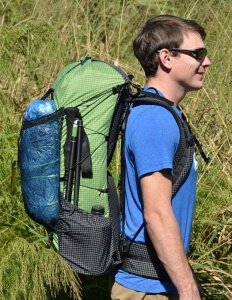
Z-packs Arc Packs: If you hike mostly on trails, this might be the pack for you. What sets it apart is the load carrying capacity of its external frame. Z-packs does a modern, lightweight carbon fiber reinvention of the external frame backpacks of the 70’s and 80’s. Make no mistake, nothing transfers load to your hips like an external frame pack. Their Flexed Arc carbon fiber frame creates an air gap against your back, reducing that sweaty back feeling. The external frame has some considerations for off trail use. It doesn’t move with your torso as much as an internal frame pack when scrambling on rough terrain. And if you need to haul or lower your pack the external frame is exposed. It could catch on things and/or be damaged [but guessing that the majority of readers don’t haul their packs on rock]. The are Arc Haul uses more economical Dyneema fabric. The Arc Blast uses, lighter but expensive Cuben Fiber. left: Z-packs Arc Pack: What sets it apart is the load carrying capacity of its external carbon fiber frame. |
 Osprey Exos 58 Pack: The main advantage of the Exos 58 is off the shelf availability form major retailers like REI (the rest of the packs on this page are not). At 2.7 pounds the Exos 58 is almost a pound heavier than other packs on this page but has features like a breathable, tensioned-mesh back panel frame and a top lid with a pocket that some trail hikers may appreciate. |
| Gossamer Gear Mariposa 60 Pack: A great trail pack with a lot of volume! While not quite as durable for scrambling/bushwhacking as the HMG and ULA packs, the Mariposa is under two pounds and has a bunch of features and creature comforts, like a top lid with a pocket that many trail hikers will appreciate. |
Recommended Lightweight Backpacks for shorter trips (e.g. a long-weekend)
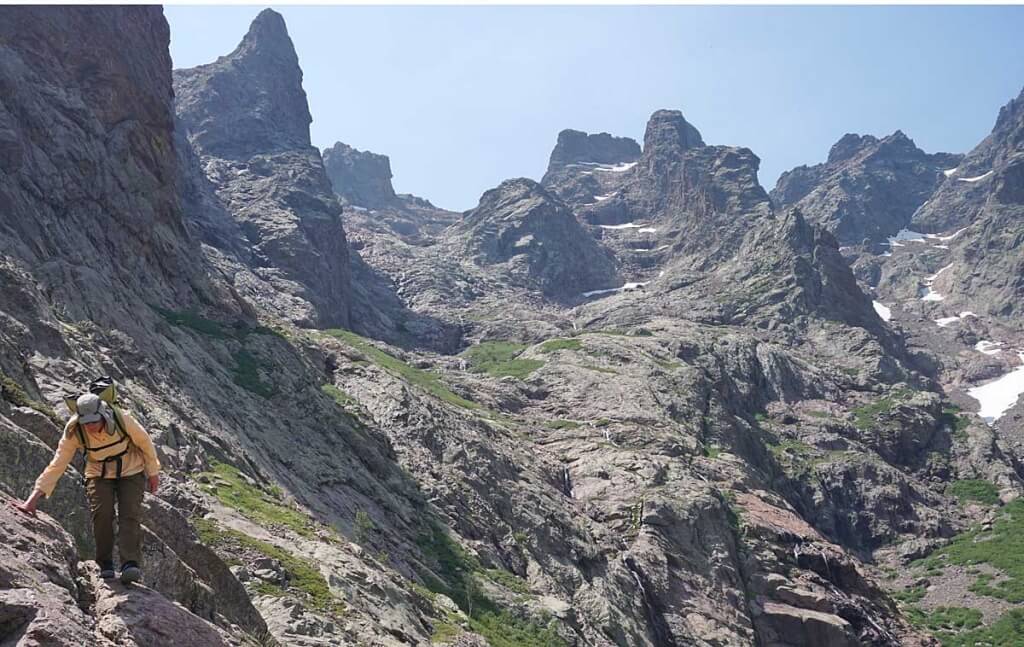
A light and compact pack is a huge advantage when navigating over difficult terrain. Alison descending after the crux of the GR20 with her 1 pound MLD Exodus Backpack
These packs are a great choice for a “long-weekend trip*,” typically 3 days and 2 nights. Their main advantage is that they weigh 10-18 oz, or 1/3 to 1/2 the weight of the Do-it-all Packs. In general, these packs are suited to carrying loads of 10 to 18 pounds. As such, many do not have a frame and/or may have less capacity than the Do-it-all Packs. But some backpackers with a trim gear kit may be able to use these packs for longer tips. *Note: 90% of backpackers take 90% their trips for 3 days or or less.
|
Mountain Laurel Designs Packs: The MLD Exodus Pack is a darling of the AT and a Backpacker Magazine award winner for “Best UltraLight Pack.” At just over a pound, it has the same volume of the Do-it-all Packs but saves weight by not having a frame. With light but durable Dyneema X fabric, it’s surprisingly strong, light and resistant to abuse. The 0.8 pound Burn Pack at 38 liters is a smaller and lighter version of the Exodus and is suitable for backpackers with a trimmer gear kit and/or lighter load. |
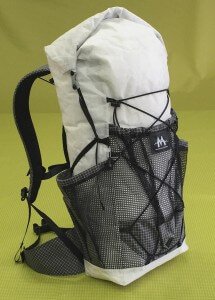 MLD Burn Pack in Cuben Fiber Note: Mountain Laurel Designs is now offering their Burn, Prophet, and Exodus packs in Cuben Fiber. the Cuben Fiber is inherently near-waterproof. When you combine this with a Cuben stuff sacks for your down sleeping bag and jacket, you can pretty much not worry about rain. That means less time dealing with putting on a pack rain cover (they don’t work anyway) or dealing with putting everything in a waterproof pack liner. |
- Hyperlite Mountain Gear 2400 WindRider Pack: The 1.7 pound 2400 WindRider Pack is another winner of Backpacker Magazine’s “Best UltraLight Pack.” This pack is a hybrid between theDo-it-all Packs and Short trip packs. It has a bomber frame to support heavy loads but for many backpackers its 40 liter volume is more appropriate for shorter trips. It’s virtually waterproof and will handle a ton of abuse.
- ULA Equipment CDT Pack: At 1.5 pounds and frameless, the CDT is ULA’s lightest and most basic pack. Like the MLD Exodus, its volume (54 liters) is similar to the Do-it-all packs, only the lack of a frame relegates it to shorter trips for many (but not all) backpackers.
- Zpacks: At around 1.5 pounds the Arc Haul and the Arc Blast from Z-packs, would be a good choice for trail hiking. Especially those with sensitive shoulders that want to transfer the maximum weight to the hip belt.
- Gossamer Gear Packs: Heather ‘Anish’ Anderson used the The Gorilla 40 Ultralight Pack to set the speed record for the Appalachian Trail. At 1.6 pounds, the Gorilla is a hybrid between the Do-it-all Packs and Short trip packs. It has a frame to support heaver loads but its 40 liter volume is more appropriate for shorter trips. The 1.1 pound Kumo Superlight and 0.6 Murmur Hyperlight are frameless 36 liter packs suitable for backpackers with a trimmer gear kit and/or lighter load. Unique to the Gossamer Gear Packs is an external and easily removable foam back-pad. This adds a bit of structure to the frameless packs and can be used as a sit pad for breaks and in camp, and/or to put under your feet at night if you use a shorter sleeping pad.
- Osprey Exos 38 Pack: The main advantage of the Exos 38 is off the shelf availability from major retailers like REI (the rest of the packs on this page are not). At 2.2 pounds the Exos 38 is over twice the weight of most packs on this page but has features like a breathable, tensioned-mesh back panel frame and a top lid with a pocket that some trail hikers may appreciate.

